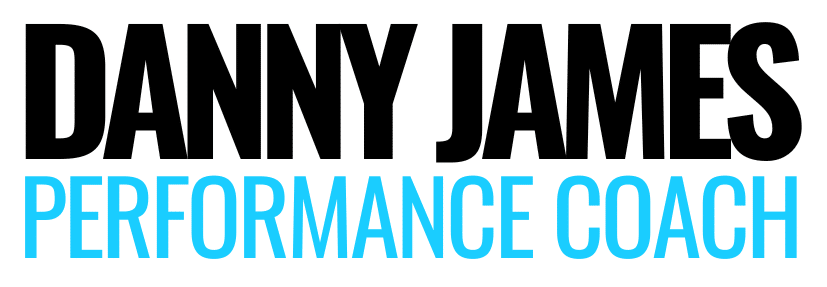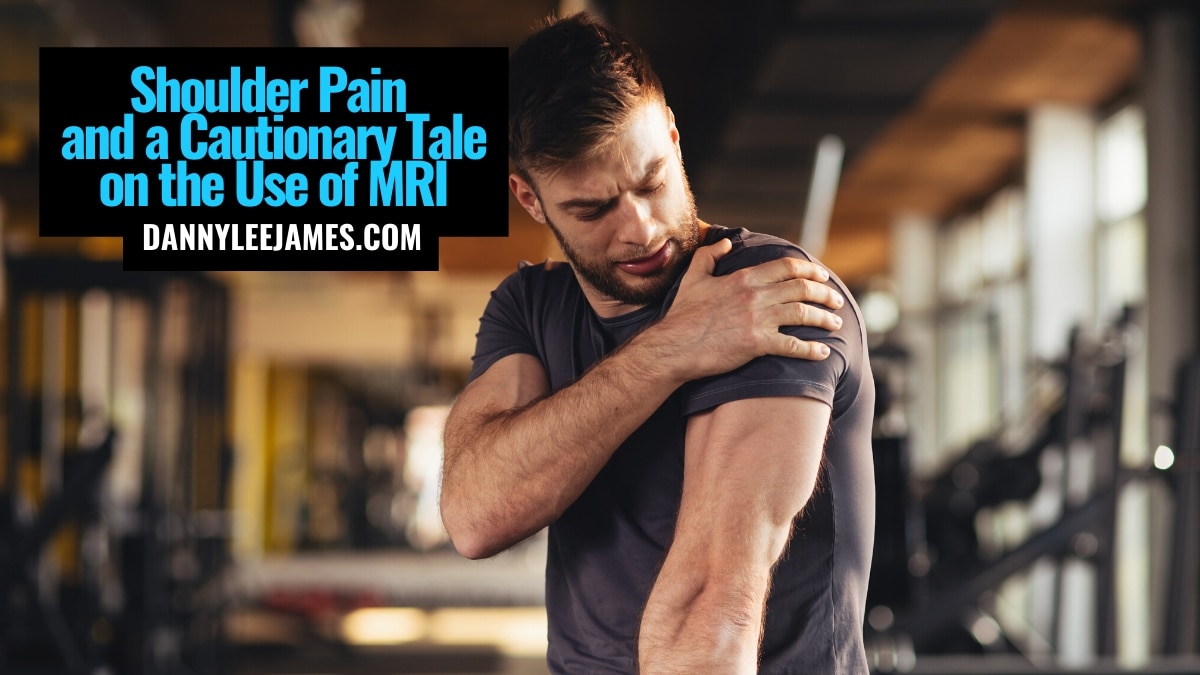Shoulder pain is extremely common and can occur for a variety of reasons.
Yet many people are quick to believe that structural abnormalities are the primary cause of pain and that getting an MRI is going to be the answer.
With shoulder pain being such a common occurrence, how can we be sure the abnormalities we’re looking for, aren’t in fact, statistical commonalities?
It is important to note that we are full of dysfunctions whether we are in pain or not. If we are in pain it is easy to find something wrong relevant to a precise tissue model but which may not be relevent at all to the patient’s state.
Louise Gifford, Chapter 5, Rehabilitation of Movement: Theoretical Basis of Clinical Practice, 2004
A recent study put that theory to the test, looking at MRI findings of both shoulders of individuals with one-sided shoulder pain.
Here’s What They Found
- Structural abnormalities in shoulders are very common according to MRI.
– Specifically, more than 3/4 of shoulders displayed rotator cuff tendinopathy and AC joint changes.
- The same abnormalities are common in people with and without shoulder pain.
- Painful and non-painful shoulders of the same person, often look the same under an MRI.
How about that?
So, what does this mean?
Well, for starters it means that some damage is normal and doesn’t necessarily = pain.
Which is not a first-time discovery either.
A lot of research is out there now suggesting that wear and tear is a normal occurrence for anyone who has skin in the game (of life).
This also means that sometimes the site of pain and the cause of pain are sperate areas entirely.
But that’s a topic of discussion for another day.
Takeaway
The researchers of this study encourage clinicians to ”be aware of the common anatomic findings on MRI” when diagnosing pain.
The general public should also be aware: Although useful, an MRI doesn’t always tell the whole story.
Reference
- Bilateral magnetic resonance imaging findings in individuals with unilateral shoulder pain. Barreto, et al. 2019








[…] Shoulder Pain and a Cautionary Tale on the Use of MRI […]